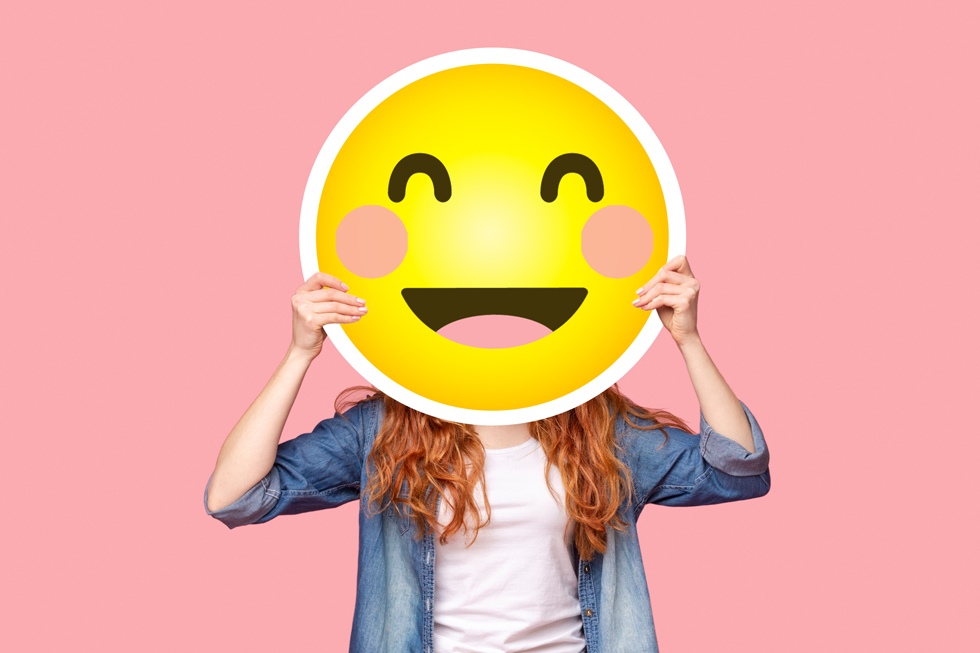As new head of the Emoji Subcommittee for the Unicode Consortium, Jennifer Daniel knows what to do to make sure that these symbols work for all of us.
Emojis have become part of our language. Text messages, Instagram posts, emails and videos often feature these little images that make them easier to understand, enrich the language, are cross-border and transcend generations. Today, the emoji catalogue includes almost 3.000 illustrations representing all sorts of things, ranging from food to natural phenomena, from flags to people experiencing different stages of life.
Behind all these symbols is the Unicode Consortium, a non-profit group of hardware and software companies whose goal is that of making text messages and emojis accessible and readable for all. Part of such a goal is to put all languages, on all devices, on the same level. For example, a Japanese character should be consistent, typographically speaking, across all media. Yet Unicode is perhaps better known for being the keeper of emojis: they release and standardise them, approve or reject new ones.
Jennifer Daniel is the first woman at the helm of the Emoji Subcommittee for Unicode Consortium and she strongly advocates inclusive and thoughtful emojis. Her mission is now to take emojis to a future where they can be as broadly representative as possible.
In order to do so, Jennifer (here interviewed by Technology Review), reads a lot and talks to lots of people. “My understanding is that 80% of communication is non-verbal. When emojis first came around, we had a misconception that they were ruining language. Learning a new language is really hard and emojis are kind of like a new language. They work with how you already communicate. They evolve as you evolve. When we talk to someone and are making eye contact, we shift our body language to build empathy and connection and to reveal something about ourselves. Emojis can do that, all in an image. We want emojis to be useful, popular and flexible. And multiple uses are at the top of my mind.
One of the goals I have is to make sure emojis are globally relevant concepts. They have to relate to everyone in the world. That’s not to say that globally relevant means that emojis must mean the same thing all around the world”.

Recent Comments